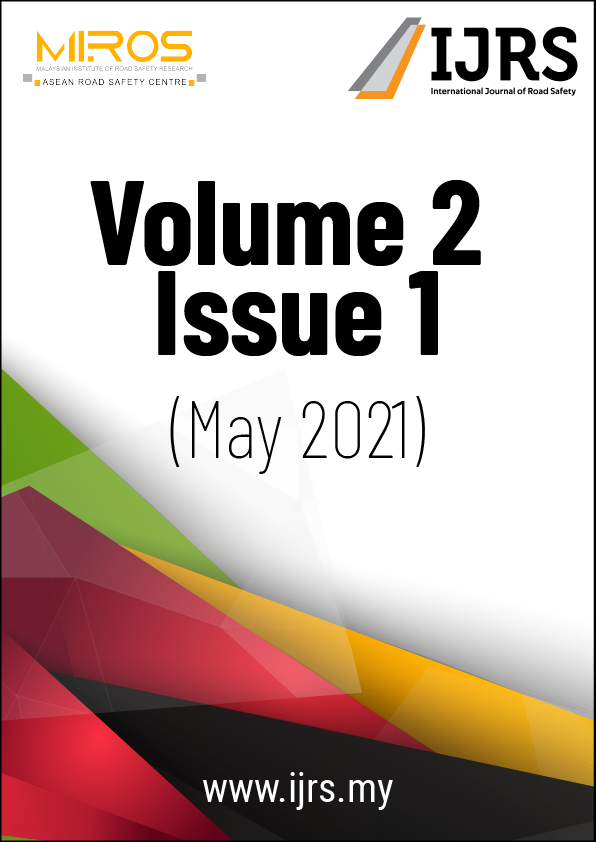Embedding Automobile Safety Rating in Malaysia’s E-Hailing Policy – An Analysis of NCAP-Rated Fleet
Keywords:
E-hailing, E-hailing Operator (EHO), Fleet policy, Malaysia, ASEAN NCAPAbstract
The New Car Assessment Program for Southeast Asian Countries, or ASEAN NCAP, is tasked to assess the safety level of private passenger vehicles (PPVs) in the ASEAN region by providing the consumers with a quick-to-consume star rating. This is part of the move to elevate the road safety situation as well as to bring automotive consumerism to another level. In Malaysia’s context, this endeavour complements the Vehicle Type Approval (VTA) by the Road Transport Department (RTD/JPJ), which conceptually acts as the gatekeeper before PPVs are entering the market. Other than educating the consumers directly, e.g. through many media outlets as well as safety labelling effort in car showrooms, there is also another approach to optimize the impact of safety rating, i.e. to set several policies that make ASEAN NCAP rating as a statutory requirement for: (1) public transports; (2) rental fleets; and, (3) government fleets. This paper discusses the recently proposed policy to embed ASEAN NCAP’s safety rating into Malaysia’s e-hailing regulation. The results show that the cut-off of 3-star can be immediately brought to 4-star, and finally to only allow 5-star cars as an eligibility factor to obtain e-hailing Vehicle Permit (eVP). It is hoped that this initiative can be expanded to rental and government fleets in the near future.
Downloads
Published
How to Cite
Issue
Section
License
Copyright (c) 2021 International Journal of Road Safety

This work is licensed under a Creative Commons Attribution-NonCommercial-NoDerivatives 4.0 International License.


